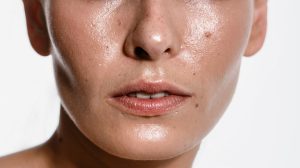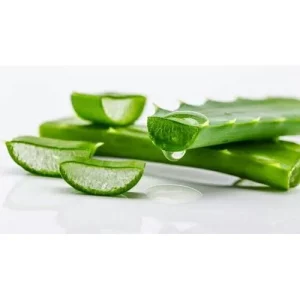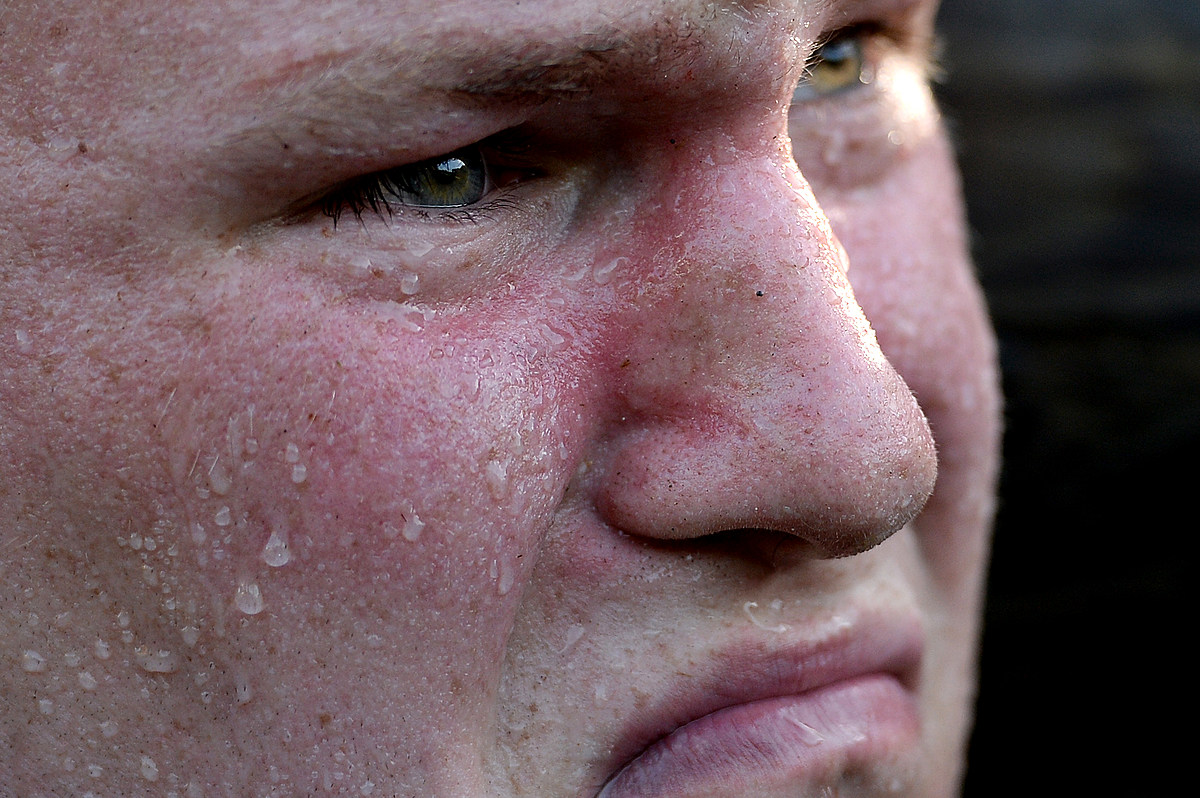Understanding Heat Rash
Heat Rash SOS, also known as prickly heat or miliaria, is a common skin condition that occurs when sweat becomes trapped in the sweat ducts, leading to inflammation and redness. It often occurs in hot and humid environments or during periods of intense physical activity when sweat production is high. Recognizing the symptoms and knowing how to treat heat rash is essential for managing this uncomfortable condition effectively.
Recognizing Symptoms
1. Redness and Itching
One of the primary symptoms of heat rash is redness and itching in the affected area. The rash may appear as small clusters of red bumps or blisters on the skin, often accompanied by a prickling or stinging sensation.
2. Prickling Sensation
Individuals with heat rash may experience a prickling or tingling sensation in the affected area, which can range from mild discomfort to intense itching. This sensation is caused by the inflammation of sweat ducts and trapped sweat beneath the skin’s surface.
3. Increased Sweating
While heat rash is triggered by sweat duct blockage, affected individuals may notice increased sweating in the affected area as the body attempts to regulate temperature. However, the sweat cannot evaporate properly due to the blocked ducts, exacerbating the rash and discomfort.

Treatment Tips
1. Stay Cool and Dry
The first step in treating heat rash is to cool and dry the affected area. Move to a cooler environment with adequate ventilation and avoid activities that may further increase sweating. Gently pat the skin dry with a soft towel and avoid rubbing, which can aggravate the rash.
2. Wear Loose-Fitting Clothing
Opt for loose-fitting, breathable clothing made from lightweight fabrics such as cotton or moisture-wicking materials. Avoid tight-fitting clothing that can trap sweat and exacerbate heat rash symptoms. Loose clothing allows for better airflow and helps prevent further irritation.
3. Keep the Skin Clean
Maintaining good hygiene is crucial for preventing infection and promoting healing of heat rash. Cleanse the affected area with mild soap and lukewarm water to remove sweat, dirt, and bacteria. Avoid harsh soaps or scrubbing, as these can irritate the skin further.
4. Apply Calamine Lotion or Aloe Vera
Calamine lotion or aloe vera gel can provide relief from itching and inflammation associated with heat rash. Apply a thin layer of calamine lotion or freshly extracted aloe vera gel to the affected area and allow it to dry. Reapply as needed for continued relief.

5. Use Over-the-Counter Anti-Itch Creams
Over-the-counter anti-itch creams containing ingredients such as hydrocortisone or menthol can help alleviate itching and discomfort associated with heat rash. Follow the instructions on the product label and avoid excessive use to prevent skin irritation.
6. Seek Medical Attention if Symptoms Persist
In severe cases of heat rash or if symptoms persist despite home treatment, seek medical attention from a healthcare professional. They may prescribe topical or oral medications to reduce inflammation and provide relief from symptoms. Additionally, they can rule out other skin conditions that may mimic heat rash. Explore More About (Blood Pressure Monitoring)
Prevention Tips
1. Stay Hydrated
Proper hydration is essential for regulating body temperature and preventing heat rash. Drink plenty of water throughout the day, especially during hot weather or periods of physical activity, to replace fluids lost through sweating.
2. Avoid Overexertion in Hot Weather
Limit outdoor activities during peak sun hours and avoid overexertion in hot and humid conditions. Take frequent breaks in shaded or air-conditioned areas to cool down and rest.

3. Use Fans or Air Conditioning
Ensure adequate ventilation and airflow in indoor spaces by using fans or air conditioning. This helps maintain a comfortable temperature and reduces the risk of heat-related skin conditions like heat rash.
| Symptoms | Treatment Tips | Prevention Tips |
|---|---|---|
| Redness and Itching | Stay Cool and Dry | Stay Hydrated |
| Prickling Sensation | Wear Loose-Fitting Clothing | Avoid Overexertion in Hot Weather |
| Increased Sweating | Keep the Skin Clean | Use Fans or Air Conditioning |
| Apply Calamine Lotion or Aloe Vera | ||
| Use Over-the-Counter Anti-Itch Creams | ||
| Seek Medical Attention if Symptoms Persist |
Conclusion
In conclusion, heat rash is a common skin condition that can cause discomfort and itching, especially during hot and humid weather. By recognizing the symptoms and following these treatment and prevention tips, individuals can effectively manage heat rash and prevent recurrence. Remember to stay cool, dry, and hydrated, and seek medical attention if symptoms persist or worsen.




